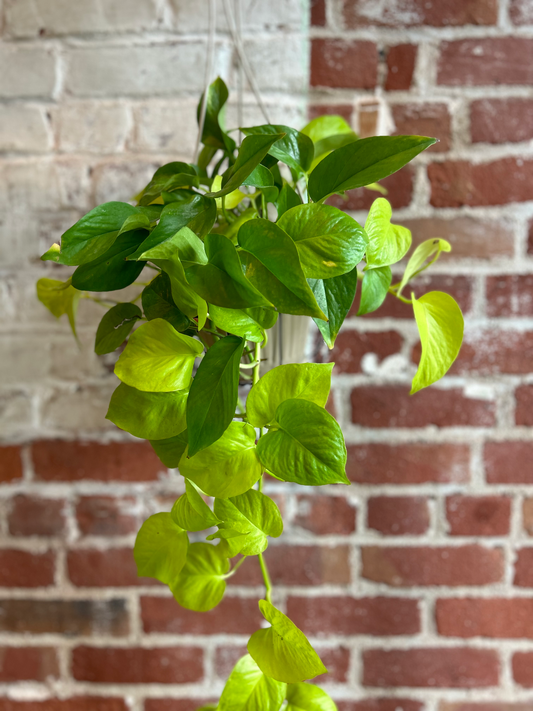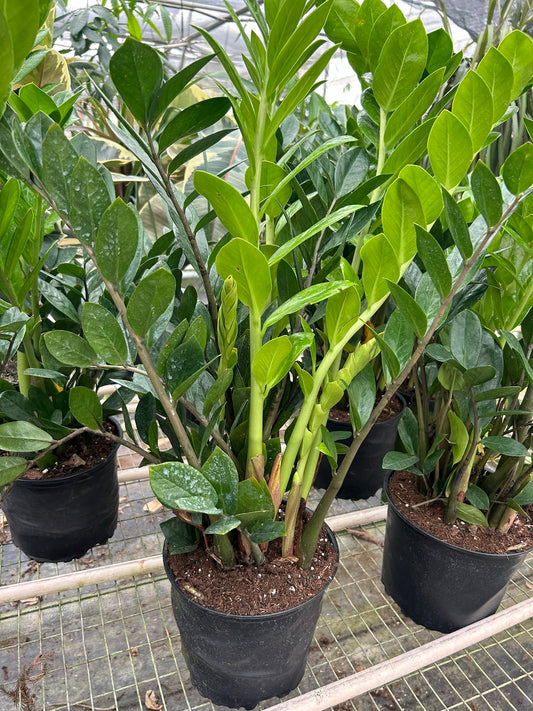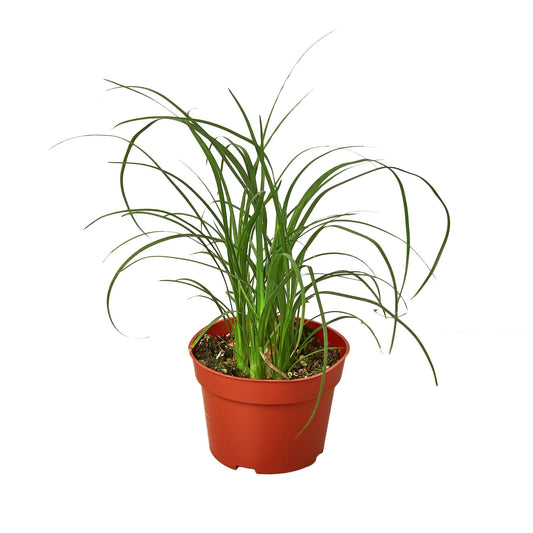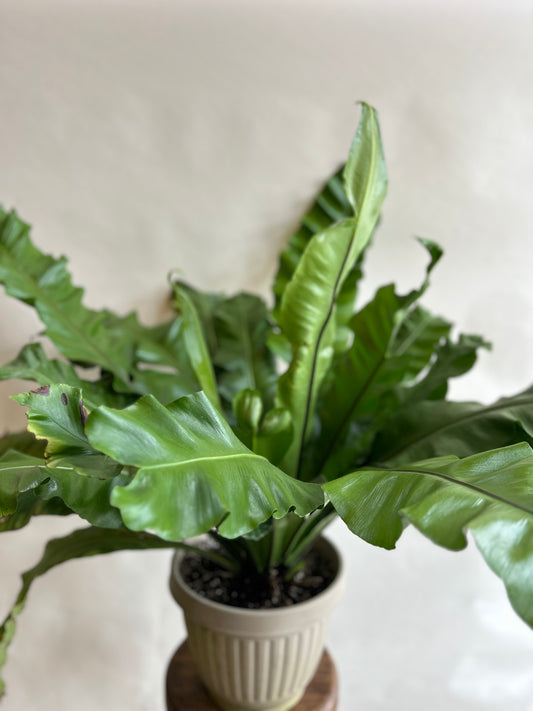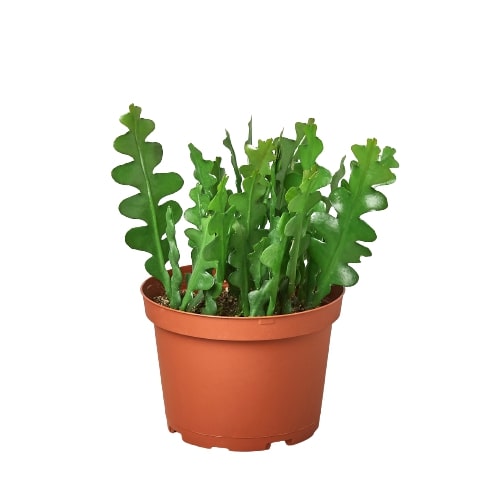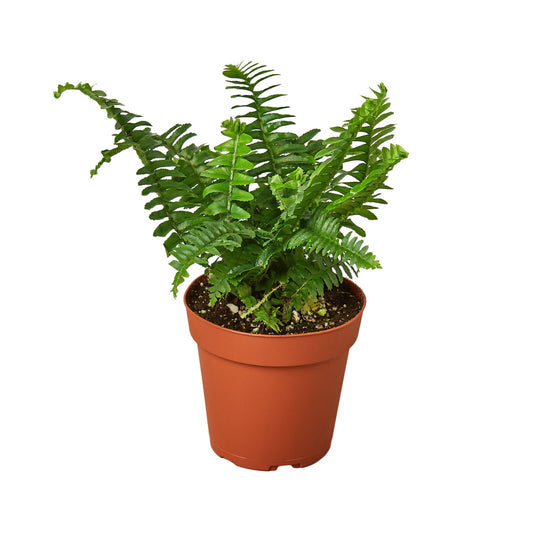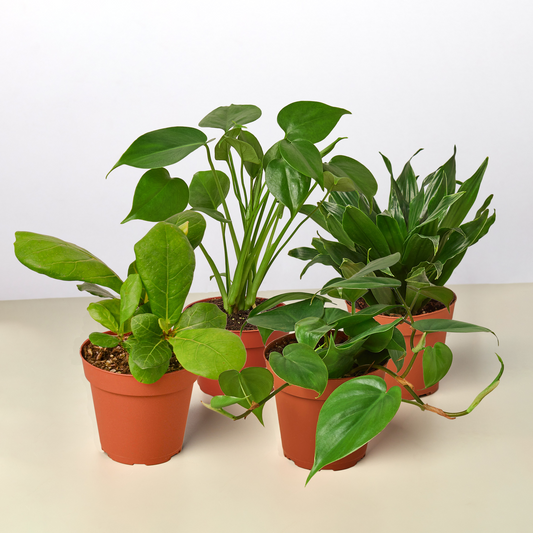The Lifespan Of Prayer Plants: How Long Do They Live?
Cafe Planta Team
Prayer plants are a staple in many plant lovers' collections, known for their striking foliage and charming habit of folding up at night like they're in prayer. But just how long can you expect these beauties to stick around? Understanding the lifespan of prayer plants is more than just a curiosity—it's key to giving them the care they need to thrive.
In this article, we'll uncover everything you need to know about the longevity of prayer plants. We'll explore their natural lifespan, factors that can influence their health and how to ensure they live their longest, happiest life. Whether you're a seasoned plant parent or just starting your green journey, there's something here for you.
Understanding the Natural Lifespan of Prayer Plants
Prayer plants, scientifically known as Maranta leuconeura, are relatively long-lived houseplants. In their natural habitat—the tropical forests of Brazil—they can thrive for several years, sometimes even decades. When brought indoors, their lifespan can vary based on several factors, including care conditions, environment, and genetics.
Typically, with the right care, a prayer plant can live anywhere from five to ten years indoors. Of course, this is just an estimate, and some plant parents have managed to keep their prayer plants happy for even longer. The key lies in understanding their needs and addressing them consistently.
It's important to remember that while the plant itself can last for many years, individual leaves will naturally age and die off. This is a normal part of the plant's life cycle, and as long as new growth is occurring, your plant is doing just fine.
Factors Affecting the Lifespan of Prayer Plants
Several factors can influence how long your prayer plant will live. Understanding these can help you create the best possible environment for your plant to thrive. Let’s break down some of the most crucial aspects:
- Light: Prayer plants prefer bright, indirect light. Direct sunlight can scorch their leaves, while too little light can stunt their growth. Finding the right balance is crucial for their health and longevity.
- Watering: These plants enjoy moist soil but are prone to root rot if overwatered. It's a careful dance of keeping the soil damp without drowning the plant.
- Humidity: Native to rainforests, prayer plants thrive in high humidity. Indoor environments often lack this, so misting or using a humidifier can make a big difference.
- Soil: A well-draining potting mix is essential. Consider adding perlite or sand to improve drainage.
- Temperature: Prayer plants prefer temperatures between 65-75°F. They don't like the cold, so keep them away from drafts and chilly windows.
By paying attention to these factors and adjusting your care routine as needed, you can significantly extend the life of your prayer plant.
Common Problems and How to Avoid Them
Even with the best care, prayer plants can encounter problems. The trick is to catch these early and take action. Here are some common issues and how to tackle them:
Yellowing Leaves
Yellow leaves usually signal overwatering or poor drainage. Allow the soil to dry out slightly between waterings and ensure your pot has proper drainage holes.
Browning Leaf Tips
This can be a sign of low humidity or too much fertilizer. Increase humidity around the plant and reduce feeding frequency if needed.
Pest Infestations
Prayer plants can be susceptible to pests like spider mites and mealybugs. Regularly inspect your plant and treat infestations with insecticidal soap or neem oil as soon as they appear.
By keeping a close eye on your plant and addressing issues promptly, you can prevent minor problems from becoming major headaches.
Propagation: Giving New Life to Your Prayer Plant
One of the joys of owning prayer plants is their ease of propagation. Not only does this allow you to expand your collection, but it also helps rejuvenate the mother plant, potentially extending her lifespan.
The most common method of propagation is through division:
- Prepare: Start by watering the plant a day before division. This helps ease the roots out of the soil.
- Remove and Divide: Carefully remove the plant from its pot and gently separate the root ball. Look for natural divisions and use a clean knife if necessary to separate them.
- Repot: Place each division into a pot with fresh, well-draining soil. Water them lightly and keep them in a warm, humid spot.
Propagating your prayer plant not only gives you more plants to enjoy but also helps keep the original plant healthy and vigorous.
Repotting: When and How to Do It
Repotting is an essential part of plant care that often gets overlooked. For prayer plants, repotting every two to three years is generally sufficient, though younger plants may need it more frequently.
Signs your prayer plant needs repotting include:
- Roots growing out of the drainage holes
- Soil that dries out too quickly
- Visible salt buildup on the soil surface
Here's how to repot your prayer plant:
- Choose a New Pot: Go for a pot that's 1-2 inches larger in diameter than the current one.
- Prepare the Soil: Use a fresh batch of well-draining potting mix.
- Transplant: Gently remove the plant from its current pot, being careful not to damage the roots. Place it in the new pot at the same depth it was growing before.
- Water: Water the plant thoroughly to settle the soil.
Repotting not only gives your plant more room to grow but also refreshes its soil, contributing to its overall health and longevity.
Enhancing Longevity Through Proper Nutrition
Feeding your prayer plant the right nutrients can significantly affect how long it lives. While prayer plants aren't particularly heavy feeders, they do benefit from occasional fertilization.
Here's a simple feeding schedule:
- During Active Growth (Spring and Summer): Use a balanced, water-soluble fertilizer every 4-6 weeks.
- During Dormancy (Fall and Winter): Reduce or cease feeding altogether, as the plant's growth slows down.
Always follow the instructions on your fertilizer's packaging, as over-fertilizing can harm your plant more than help it. Remember, less is often more when it comes to plant nutrition.
The Role of Routine Care in Plant Longevity
Routine care goes beyond just watering and feeding. It includes regular cleanings, inspections, and minor adjustments that can make a significant difference in how long your prayer plant thrives.
Consider these routine care tips:
- Dust Leaves: Dust can block sunlight from reaching the leaves. Gently wipe them with a damp cloth every few weeks.
- Rotate the Pot: Turn the pot every couple of weeks to ensure even growth and light distribution.
- Prune Regularly: Trim off dead or yellowing leaves to encourage new growth.
Think of these tasks as a way to connect with your plant. Regular care helps you spot any potential issues early and ensures your plant remains in top condition for years to come.
Creating the Ideal Environment
The environment you provide your prayer plant can significantly impact its longevity. While it's true they can adapt to various indoor conditions, mimicking their natural habitat as closely as possible will yield the best results.
Temperature and Light
Prayer plants thrive in temperatures ranging from 65-75°F, which makes them perfect for indoor living. You'll also want to ensure they receive bright, indirect light. A sheer curtain can help diffuse direct sunlight if your window is particularly sunny.
Humidity and Air Circulation
High humidity is a must. If you're in a dry climate, consider getting a small humidifier or placing a tray of water near your plant. Good air circulation is equally important, as it helps prevent fungal issues.
By creating a welcoming environment that mimics their natural conditions, you're setting up your prayer plant for a long, healthy life.
Final Thoughts
In summary, prayer plants can be long-lasting companions when given the right care. By understanding their needs for light, water, humidity, and routine maintenance, you can ensure they thrive for many years. Regular checks and adjustments based on the plant's condition are all part of the rewarding journey of plant care.
At Cafe Planta, we're passionate about helping you care for your plants. Whether you're looking for new houseplants, need plant care accessories, or just want to chat about your green friends, we're here for you. Feel free to email us or drop us a message on Instagram. Let's keep the love for plants growing!


